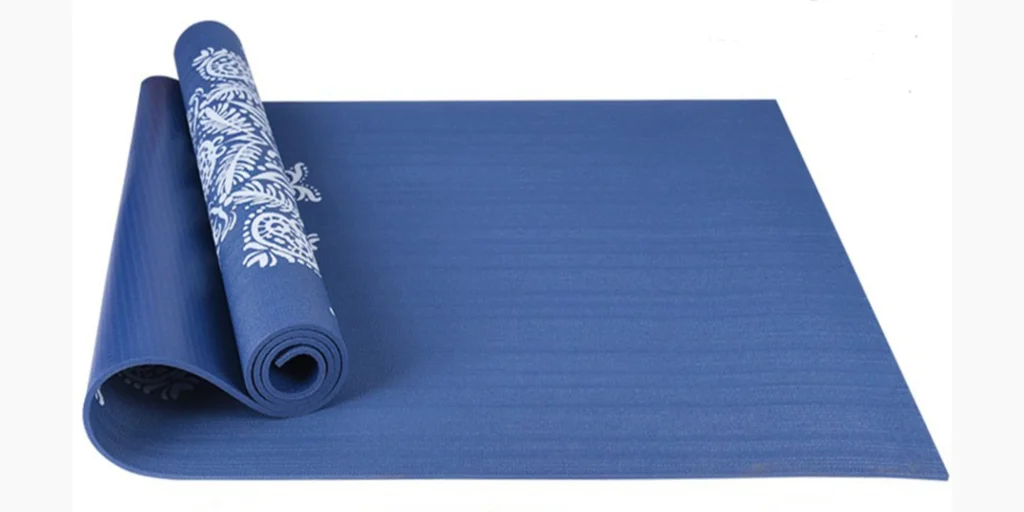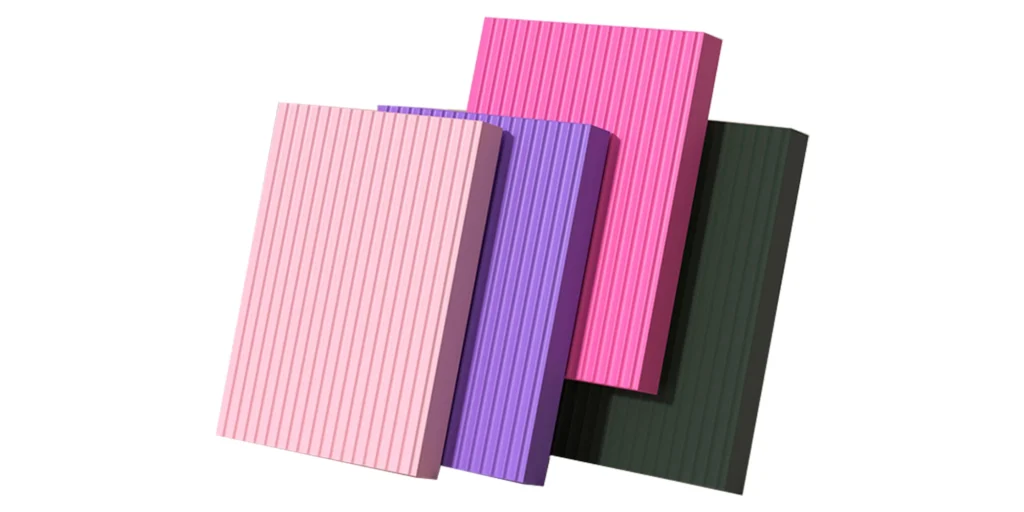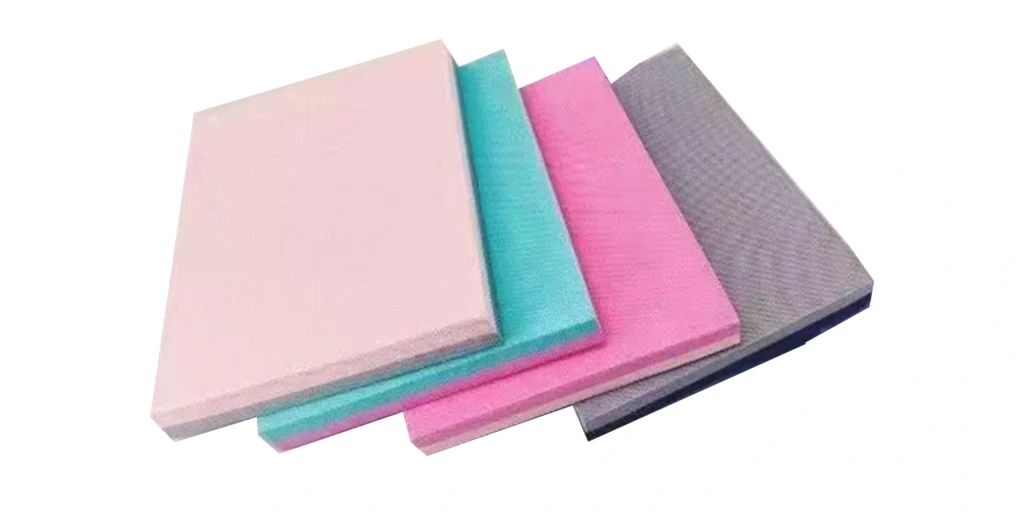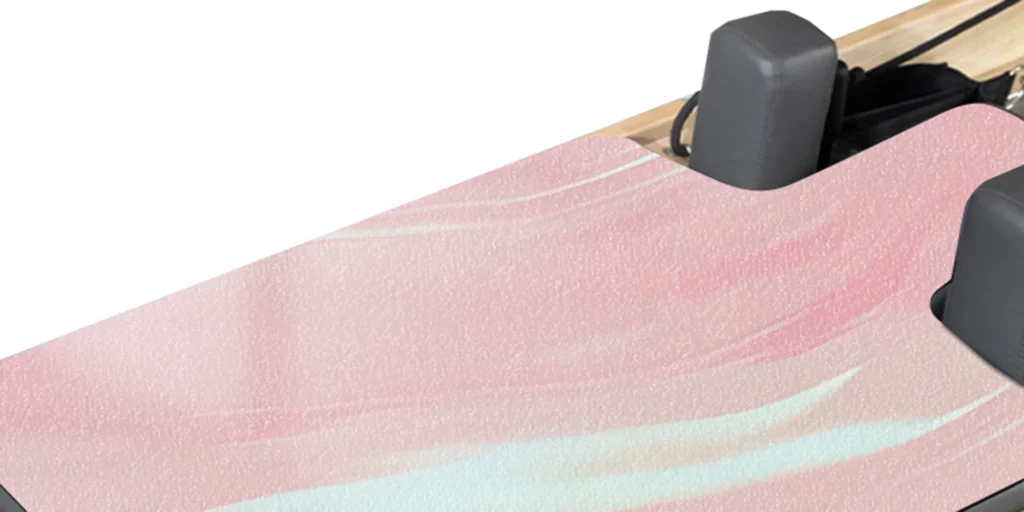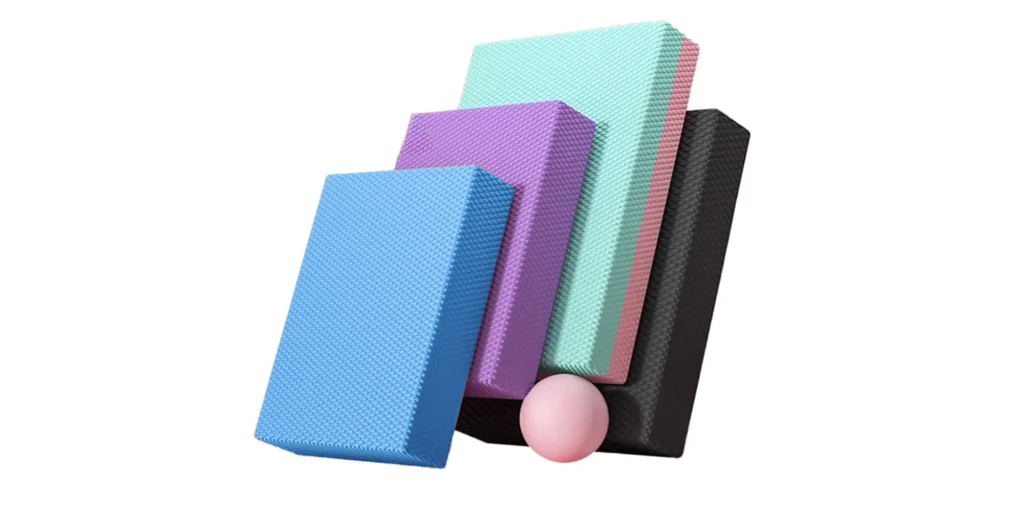TPE (Thermoplastic Elastomer) foam mats are widely recognized for their durability, comfort, and eco-friendly properties. Whether used in gyms, homes, or workplaces, these mats provide a reliable surface for various activities. However, like any product, proper maintenance and cleaning are essential to ensure they last longer and maintain their functionality.
In this guide, we’ll walk you through the best practices for cleaning and maintaining TPE foam mats, offering practical tips for everyday use. With proper care, you can keep your mats looking fresh and performing well for years to come.
Why Choose TPE Foam Mats?
Before diving into the maintenance process, let’s quickly recap why TPE foam mats are a popular choice for so many:
- Eco-friendly: TPE is a non-toxic, recyclable material that is safe for both humans and the environment.
- Durable: Known for its excellent shock absorption and resistance to wear and tear, TPE foam offers long-lasting performance.
- Comfortable: The soft, cushioned surface of TPE foam mats makes them ideal for activities like yoga, fitness, and even as a play area for children.
Despite their impressive benefits, it’s important to maintain them properly to avoid wear, stains, and odors over time.
1. Regular Cleaning: Keep It Simple
Daily use of TPE foam mats can lead to dirt, sweat, and other debris accumulating on their surface. Regular cleaning is essential to prevent buildup and to maintain hygiene.
Step-by-Step Cleaning Process
- Wipe Down After Each Use: After each session, whether it’s a workout or yoga class, take a few minutes to wipe down the mat. Use a soft cloth or towel to remove any sweat or dirt.
- Use a Gentle Cleaner: Mix a small amount of mild dish soap with warm water. Use a cloth or sponge to gently scrub the surface of the mat. Avoid using harsh chemicals or abrasive cleaning tools as they may damage the mat’s surface.
- Rinse and Dry: After wiping the mat with the soapy solution, rinse it with clean water to remove any soap residue. Allow the mat to air dry completely. Never wring or twist the mat, as this can distort its shape.
Additional Tips:
- Avoid Excessive Water: While TPE foam mats are water-resistant, excessive moisture can still weaken the material over time. Always dry the mat completely before rolling it up or storing it.
- Use a Vinegar Solution: For deeper cleaning, especially if there are odors or stains, mix equal parts white vinegar and water. Spray the solution on the mat, scrub gently, and wipe it off.
2. Deep Cleaning: Restore Freshness
Over time, TPE mats can accumulate deep-seated dirt or odors, especially if they are used in high-intensity activities. Deep cleaning should be done at least once a month or whenever you notice a buildup of grime.
Deep Cleaning Process
- Vacuum the Mat: Before you get into wet cleaning, vacuum the mat thoroughly to remove loose dirt and dust. Use a soft brush attachment to avoid damaging the mat’s surface.
- Scrub With a Soft Brush: If stains or dirt remain, use a soft brush or sponge along with your mild soap solution to scrub the surface gently. Be sure to focus on any high-traffic areas where dirt tends to accumulate.
- Soak for Stubborn Stains: For stubborn stains, you can let the mat soak in a bathtub or large basin filled with warm, soapy water for 10-15 minutes. After soaking, gently scrub the stains with a brush.
- Rinse and Dry: Rinse the mat thoroughly with clean water, ensuring no soap or cleaning solution remains. Hang the mat in a well-ventilated area to air dry, ensuring both sides are fully dried.
Important Note: Avoid using bleach or harsh solvents on TPE mats, as they can cause the material to break down and lose its integrity.
3. Preventing Damage: How to Care for Your TPE Mats
In addition to regular cleaning, there are a few tips to prevent damage and prolong the lifespan of your TPE foam mats.
Proper Storage
- Roll, Don’t Fold: Always roll your TPE foam mat after use. Folding can cause creases and damage to the mat, leading to permanent bends or cracks.
- Avoid Excessive Heat: Keep your mat away from direct sunlight or heat sources, as excessive heat can cause the material to warp or degrade.
- Store in a Cool, Dry Place: Store your mats in a cool, dry area when not in use. Avoid damp places or areas with high humidity, as this can encourage mold growth.
Protecting the Surface
- Use a Mat Protector: If you’re using your TPE mat in a high-traffic area or for intense activities, consider using a mat protector to shield it from wear.
- Avoid Sharp Objects: TPE mats are durable but can be damaged by sharp objects. Always avoid using your mat near sharp tools or equipment that may puncture the surface.
Keep It Away from Chemicals: TPE foam mats are sensitive to harsh chemicals, oils, and solvents. Ensure that cleaning products are mild, and avoid using products like oils, solvents, or furniture polish on the mat.
4. Tips for Maintaining a Fresh Appearance
Combat Odors
If your mat starts to develop odors over time, here’s how to refresh it:
- Baking Soda Treatment: Sprinkle baking soda over the surface of the mat and let it sit for a few hours. Afterward, vacuum up the baking soda to remove odors and absorb moisture.
- Essential Oils: Add a few drops of essential oil (such as lavender or tea tree oil) to a damp cloth and wipe down the mat. This will not only refresh your mat but also add a pleasant scent.
Prevent Scratches and Marks
To keep your mat looking new, avoid placing it in areas where heavy furniture or equipment may scratch or mark the surface. Additionally, avoid wearing shoes or using sharp objects directly on the mat to prevent unsightly scratches.
Proper care and maintenance of your TPE foam mats can significantly extend their lifespan, keeping them in top condition for years to come. Whether you use your mats for fitness, yoga, or play, regular cleaning, proper storage, and simple preventive measures will help you maintain their appearance and performance.
By following the tips outlined in this guide, you can ensure your TPE foam mats remain as comfortable, durable, and attractive as the day you bought them.
FAQ: Maintaining and Cleaning TPE Foam Mats
1. How often should I clean my TPE foam mat?
For regular maintenance, it’s a good idea to clean your TPE foam mat after every use to remove sweat and dirt. Deep cleaning can be done once a month or when you notice heavy buildup or stains.
2. Can I machine wash my TPE foam mat?
No, machine washing is not recommended for TPE foam mats. The agitation and heat from the machine could damage the material. Stick to hand cleaning with a mild soap solution and gentle scrubbing.
3. How do I remove stubborn stains from my TPE foam mat?
For tough stains, soak your mat in a tub of warm, soapy water for 10-15 minutes. Then, use a soft brush to scrub the stain gently before rinsing and drying the mat thoroughly.
4. Can I use bleach to clean my TPE foam mat?
No, bleach and harsh chemicals can damage the material. Use a mild dish soap or a vinegar-water solution for safe cleaning.
5. How can I prevent my TPE foam mat from developing odors?
To prevent odors, ensure your mat is always dried thoroughly after use. You can also sprinkle baking soda on the mat, let it sit for a few hours, and then vacuum it up to remove odors. For a pleasant scent, use essential oils after cleaning.
#TPEmats #FoamMatCare #MatCleaning #EcoFriendlyMats #YogaMatCare #HomeFitness #CleanMat #MatMaintenance #ProlongMatLifespan #SustainableLiving #HealthyHome #FitnessEquipmentCare #TPEfoam #WorkoutEssentials #MatCleaningTips #EcoFriendlyCleaning
WELLE Trade has over 20 years of experience in the production and processing of PE/EVA/TPE foams, so you may want to consult with them if you have any sourcing needs.
